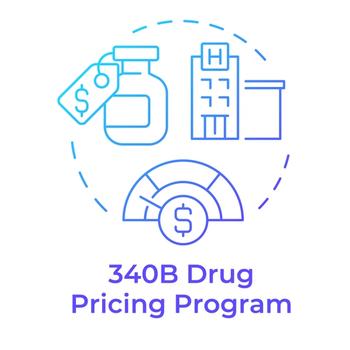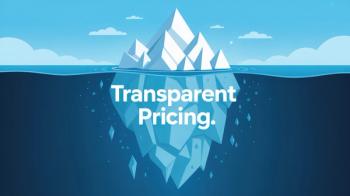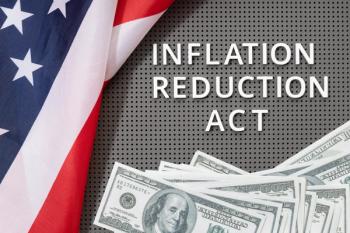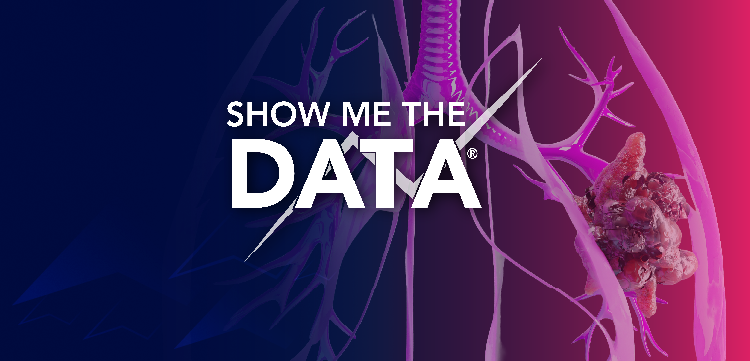
Study: Rate of Drug Price Increases Outpaces Growth in Rebates
Drug rebates can reduce plans’ net costs but they do not reduce patients’ cost sharing.
Drug prices before rebates, which are often used for to determine patients’ cost sharing, grew faster than postrebate drug costs, according to results of a recent study
“Patient cost-sharing is increasing faster than premiums across the spectrum of the commercial market,” Ge Bai, Ph.D., professor of accounting at Johns Hopkins Carey Business School and one of the study authors, told Formulary Watch by email.
“The growing gross-to-net price bubble of prescription drugs impose an unfair share of burden on patients," she said. "Both prescription drug plans’ patient cost-sharing and premiums grew fastest in the individual market (as indicated by the gross and net spending per member), contrary to the ACA’s intention.”
In this economic evaluation, investigators — led by Elizabeth Plummer, Ph.D., at the Neeley School of Business, Texas Christian University in Fort Worth — evaluated prescription drug rebates in commercial markets from 2015 to 2019.
They obtained data from health insurers’ medical loss ratio filings for 2015 through 2019 and assessed about 2,200 health plans (70 million covered lives each year) that reported positive prescription drug rebates. Investigators examined prerebate and postrebate drug cost per covered life and median rebate percentage. They defined rebate percentage as the rebate amount divided by prerebate drug cost.
Among these plans annual prerebate prescription drug spending was about $15 billion to $16 billion for individual plans, $13 billion for small group plans, and grew from $33.0 billion to $41.3 billion for large group plans.
Investigators found that the median prerebate drug cost per covered life per year increased by 68.1% (from $734 to $1,234) for individual plans, 44.9% (from $752 to $1,090) for small group plans, and 23.9% (from $791 to $980) for large group plans.
Additionally, they found that the median postrebate drug cost per covered life per year increased by 54.5% (from $644 to $995) for individual plans, 24.0% (from $642 to $796) for small group plans, and only 7.6% (from $686 to $738) for large group plans.
Median rebate percentage grew for all three plan types.
“The consistently negative association between prerebate drug cost PCL per year and rebate % documented in this study might reflect the fact that many expensive drugs with little competition rarely offer large manufacturer rebates,” investigators wrote.
One limitation of this study, investigators said, was the lack of information from medical loss ratio reports on benefit design and drug utilization, especially on the composition of brand-name drugs versus generics.
Newsletter
Get the latest industry news, event updates, and more from Managed healthcare Executive.






















































